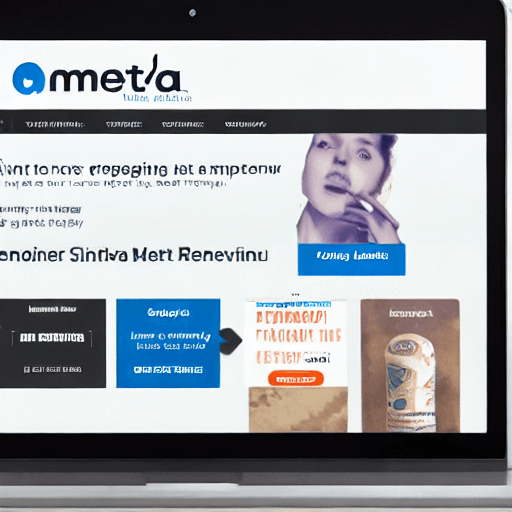

In the dynamic landscape of digital marketing, capturing and retaining customer attention is a constant challenge. Traditional advertising often feels intrusive and irrelevant, leading to banner blindness and a general disregard for online ads. However, behavioral retargeting on Meta – encompassing Facebook and Instagram – offers a fundamentally different approach. Instead of bombarding users with generic ads, it leverages data to deliver highly personalized messages to individuals who have already interacted with your brand. This article provides a comprehensive deep dive into behavioral retargeting on Meta, exploring its core principles, strategic implementation, and the significant role it plays in revitalizing engagement and driving conversions.
Before delving into the specifics of behavioral retargeting, it’s crucial to understand the broader concept of retargeting. Retargeting, in its simplest form, is the practice of showing ads to users who have previously interacted with your website or app. This interaction can take many forms, including visiting specific product pages, adding items to a shopping cart, watching a video, or downloading a resource. The goal is to remind these users about your brand and encourage them to complete a desired action, such as making a purchase or signing up for a newsletter.
There are several types of retargeting:
The key difference between traditional and behavioral retargeting lies in the data used to define the target audience. Traditional retargeting primarily relies on website visit data, which can be quite broad. Behavioral retargeting, on the other hand, utilizes a much richer dataset, including:
For example, imagine a user visits your online shoe store and spends considerable time browsing running shoes. Traditional retargeting might simply show them ads for your entire shoe store. Behavioral retargeting, however, would show them ads specifically featuring the running shoes they viewed, potentially with a discount offer to incentivize a purchase. This level of personalization dramatically increases the relevance of the ad and the likelihood of engagement.
Meta offers several tools and features to facilitate behavioral retargeting. The primary tool is the Meta Pixel, a small piece of code you install on your website. The Pixel tracks user actions and sends this data to Meta, allowing you to create custom audiences and build targeted ad campaigns.
Simply setting up retargeting campaigns isn’t enough. To truly maximize their effectiveness, you need to employ a strategic approach:
Regular monitoring and analysis are crucial for ensuring your retargeting campaigns are delivering results. Key metrics to track include:
Use Meta’s reporting tools to track these metrics and identify areas for improvement. Don’t be afraid to adjust your targeting, ad creatives, and bidding strategies based on your findings.
Behavioral retargeting on Meta is a powerful tool for driving conversions and maximizing the return on your advertising investment. By understanding the principles of behavioral targeting, implementing the right strategies, and continuously monitoring and optimizing your campaigns, you can significantly improve your marketing results.
Remember that retargeting is not just about showing ads to people who have visited your website. It’s about building relationships with your customers and reminding them of the value you offer. When done effectively, behavioral retargeting can be a key component of a successful marketing strategy.
Do you want me to elaborate on a specific aspect of this topic, such as dynamic product ads, lookalike audiences, or measuring campaign performance?
Tags: behavioral retargeting, Meta, Facebook, Instagram, retargeting campaigns, engagement, digital marketing, advertising, conversion optimization, customer journey, personalized advertising
[…] segmentation analyzes users’ actions and interactions with your brand and Meta […]
[…] However, simply creating a bumper ad isn’t enough. Success hinges on strategic optimization. This deep dive explores the nuances of bumper ads, providing actionable insights into targeting, creative best […]
[…] brand awareness, introducing your brand to a wider audience, and driving initial engagement. This deep dive will explore the intricacies of Google’s Discovery Ads, detailing their format, best practices, […]